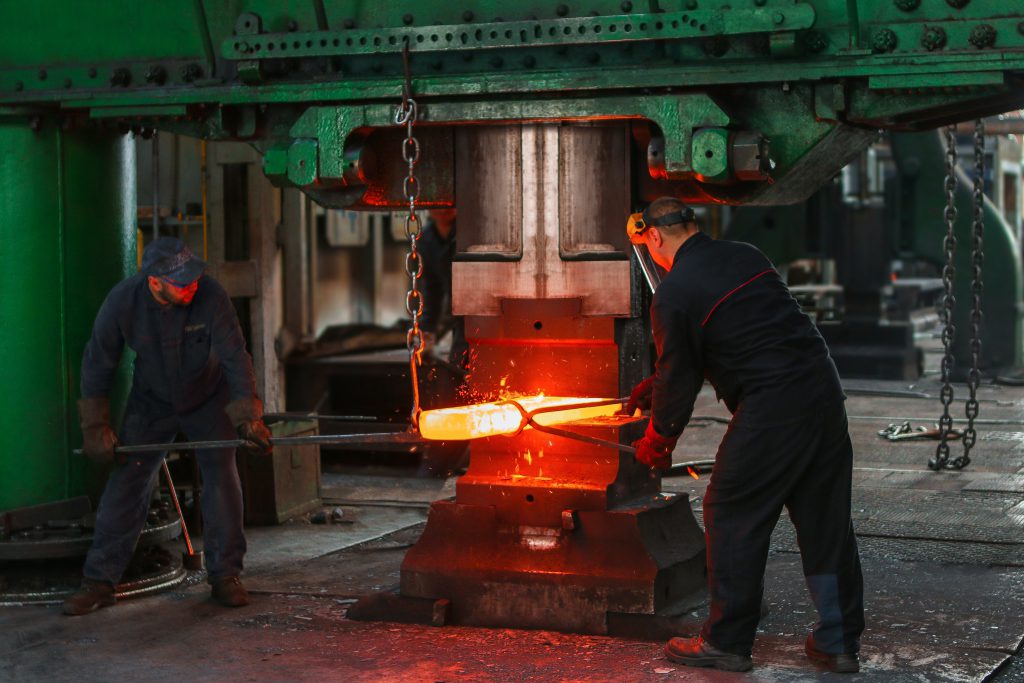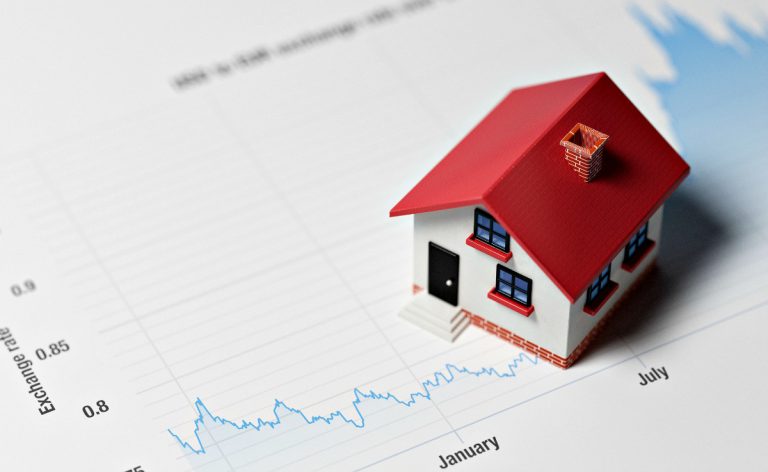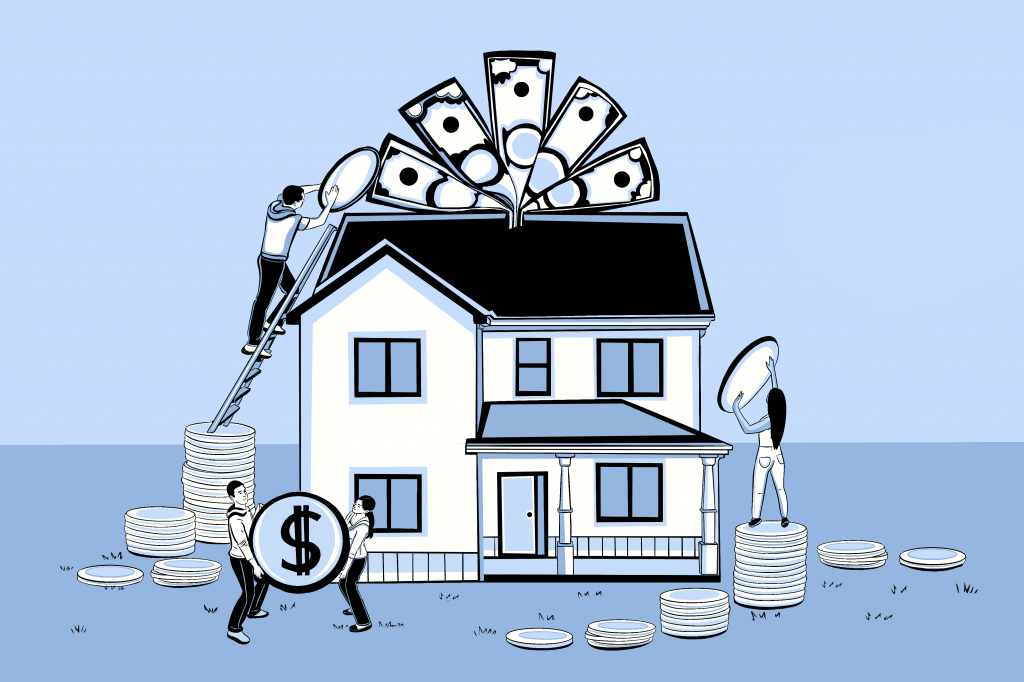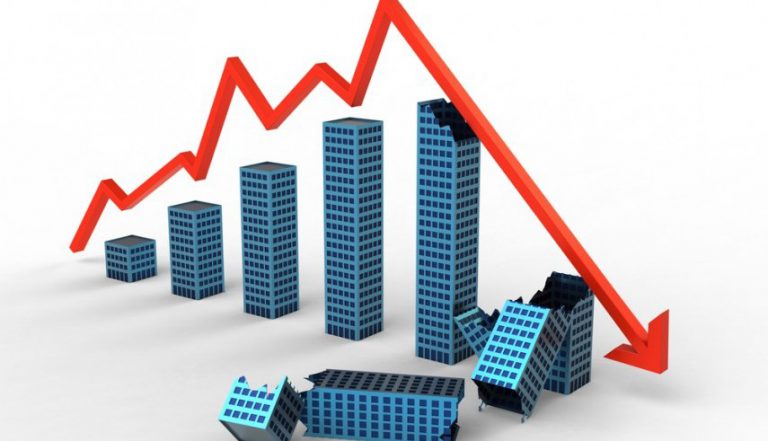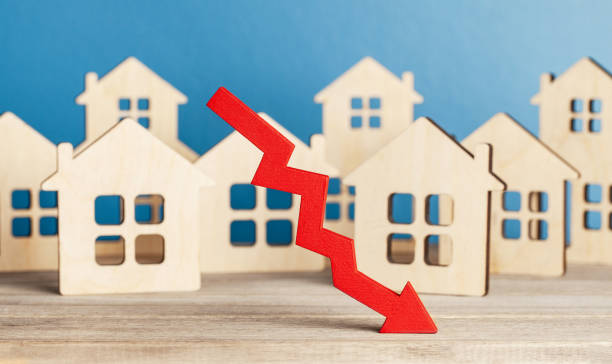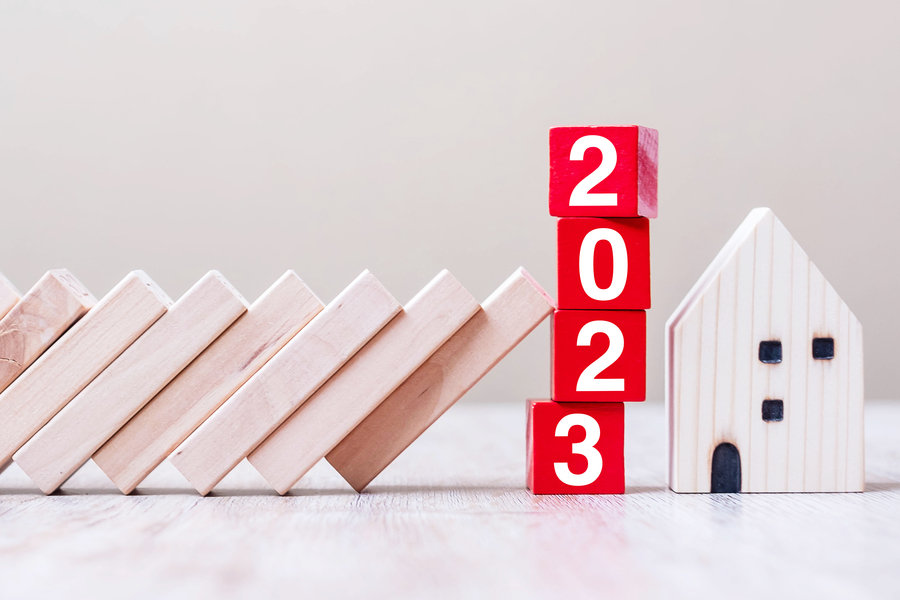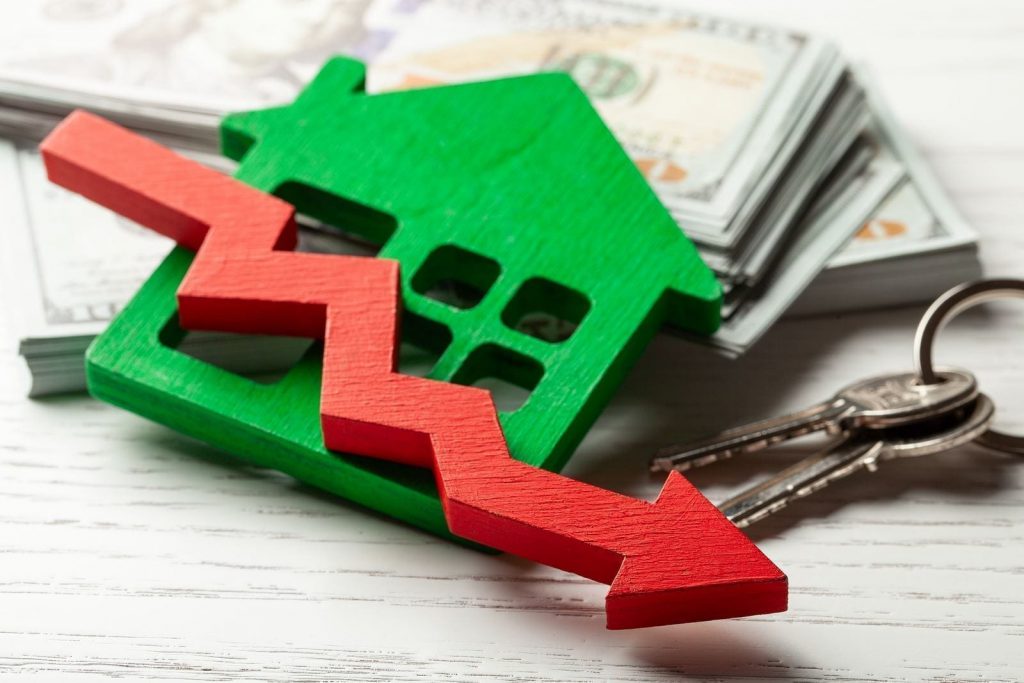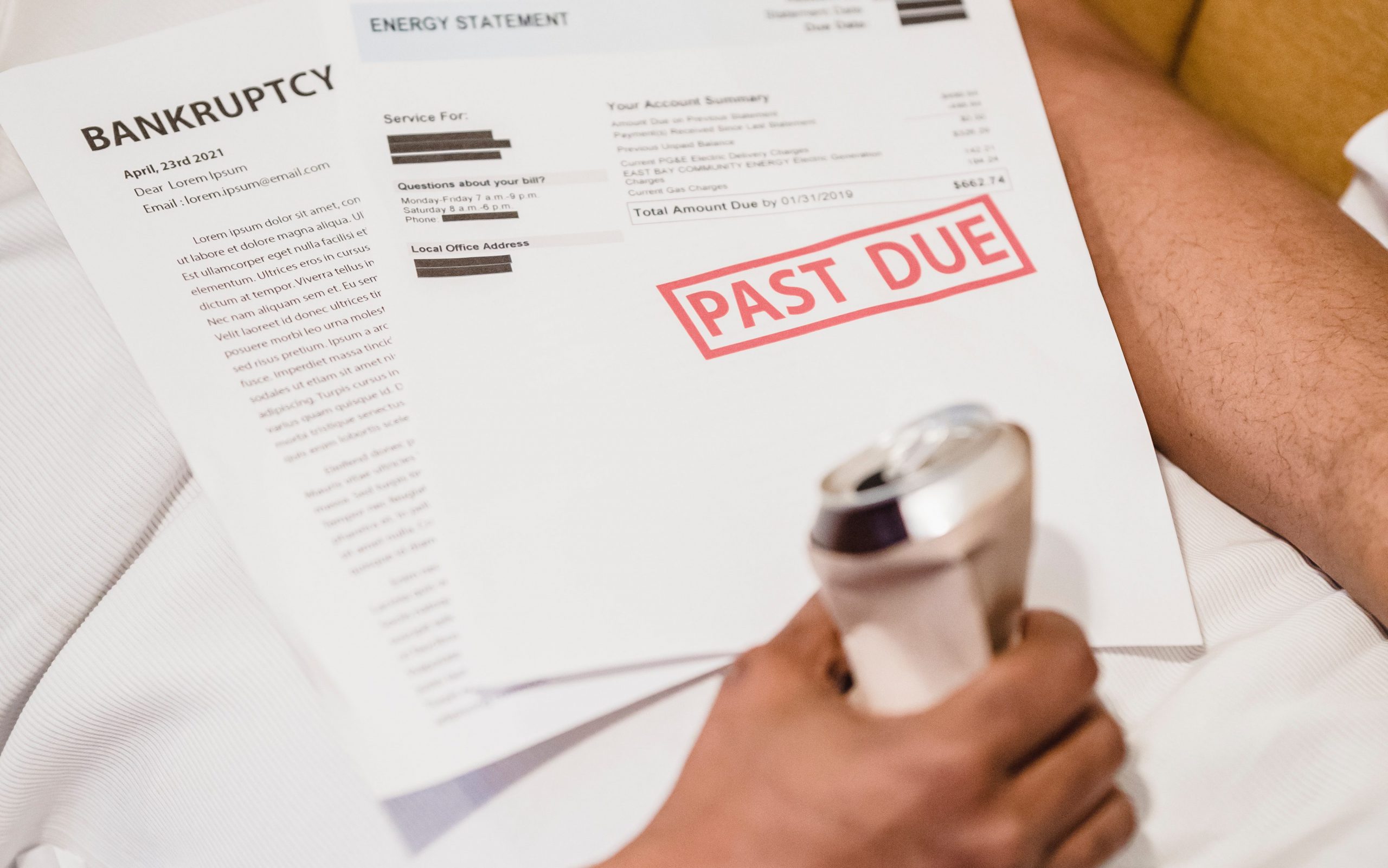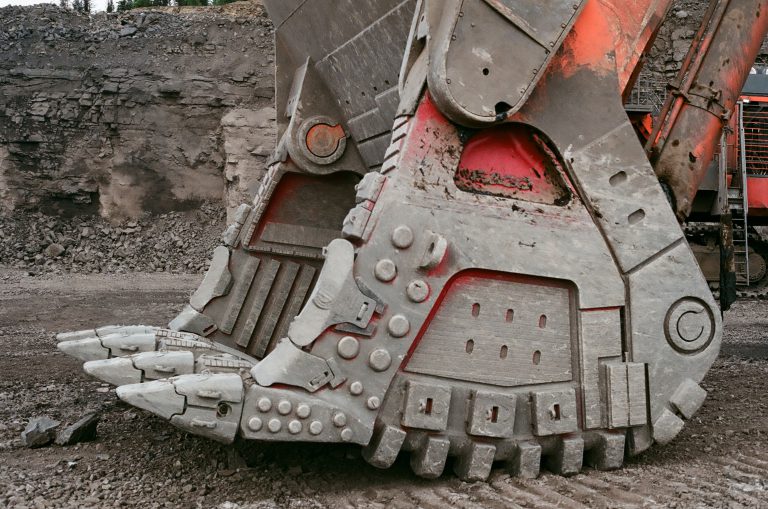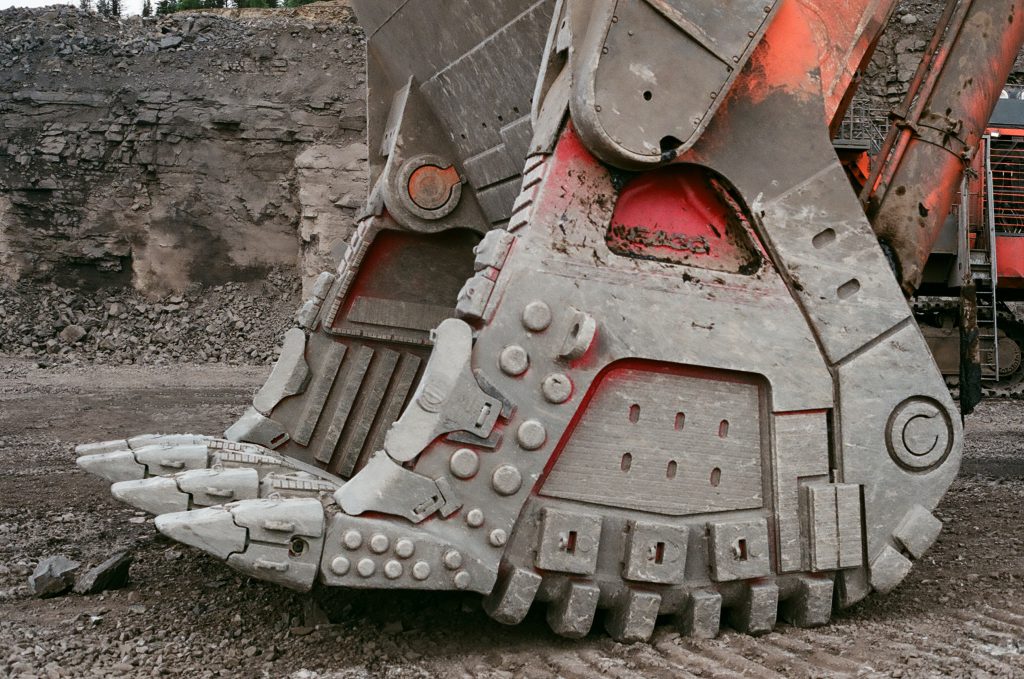Bene-Fit Wellness Solutions are a group of fitness professionals who provide body and mind packages to groups, corporates, and individuals. As a health collective, they assist customers by providing plans which incorporate nutrition, workout, breath therapy, coaching, and more.
How do you choose a Bene-Fit Plan for your needs?
First, let’s have a look at their services.
Precisely, Bene-Fit Wellness Solutions’ services range across Fitness, Nutrition, and Breath Work. Their fitness programme are designed to suit your goals and abilities. Therefore, you don’t have to worry about competing with already-established gymnasts or going too hard on your first day. What even better, you can pace yourself with their programme and become fit on your own terms.
Their nutrition packages include working with a nutrition expert to create healthy habits and accelerate results, so you are not left at the mercy of trial and error. Based on your body type, you immediately know what foods are best for you and how to manage your diet. You can even learn to pair your nutrition withh your fitness programme so that you get the best out of both!

Their services on breath work includes exercises around yoga breathing, mobility and stretch to improve all aspects of well being. As resounded by their mantra, Bene-Fit Wellness Solutions believe in changing lives through wellness, and building strong minds and bodies, one class at a time. Whatever your preference, you can get accessible and personalised workout and nutrition plans in person, from the comfort of your home, or your office.
The benefits of Bene-Fit seem inexhaustible however. Apart from their core services around fitness, nutrition and breath work, they also offer customised wellness packages, to suit each customer’s unique need. The customised Bene-Fit packages have been designed to encourage, motivate, and maximise results in short, effective sessions, and there are a variety of them:
Customised Wellness Packages
The 6-Week Bene-Fit Programme:
This programme is designed for the workplace! You can sign up to a 6-week course of private fitness classes tailored to you and your colleagues. There are 3 x 30 minute sessions a week or 2 x 45 minute sessions a week to choose from. At the beginning and end of the 6-week course, you get a fitness and wellness assessment, with measured vital stats to help keep tabs on your progress. The package also provides you and your colleagues with a food plan, shopping list, and food tips to help you make simple changes that suit your lifestyle. So if you’re a working class professional with a busy schedule, this sounds like something that’s right up your alley, instead of idly burning calories at your nearest gym.

The 6-Week Zoom Fitness Programme:
This one is ideal for the remote worker; designed for those that don’t want to leave their houses in order to be fit. With their online classes that you can take anytime, anywhere, you’ll never miss a session again! Without a doubt, the biggest increase in demand we’ve seen so far has been virtual everything. From virtual learning, virtual meetings – so why not virtual fitness? Bene-Fit has taken their onsite programmes onto Zoom and haven’t skipped a beat.
Sessions are a combination of total body/HIIT/core/stretch for all fitness levels and they provide modified and low impact exercise options. Even if you can’t make it along to the online classes, they’ve got you covered – every class is recorded and sent out to the group on the same day. Pretty swell, yes?
Ladies Who Lunge Bene-Fit Programme:
This 28-day online programme is designed for the ladies! (I think this deserves a round of applause. Finally, something for the ladies…)
With this package, you can sign up to a 28-day programme including nutrition, education around intermittent fasting, breath work, and exercise. Members are provided with a 7-day food plan and shopping list. HIIT workout videos 2x per week to complement your own daily exercise, Facebook live chats and Q&A sessions, and private Facebook support groups – with daily motivational info, recipes, and tips to help you make simple changes that suit your lifestyle.

The Bene-Fit 30-Day Challenge:
BFIT30 is a 30-day wellness initiative with a difference. Most short-term fitness challenges are now app-based and lack personal interaction and direction. BFit 30 is an initiative by Bene-Fit Wellness to change the narrative and create an optimal month-long challenge without compromising service delivery and still manage to keep the cost down for participants. This programme includes live daily group exercise sessions, food plans and a commitment to “The 30” wellness-themed goals to help maximise the results. It’s a mix of some easy wins and a few that will demand a bit of discipline. The group exercise sessions are tailored so that those who consider themselves very unfit can still get the job done.
One-on-One “Bene-Fits”:
Bene-Fit customised packages also include one-on-one, 30 minute sessions with a personal trainer (PT) on Fitness Coaching, Nutrition, and Breath Work. Whether online or in-person, depending on your preference. Each session is designed especially for you to achieve your personal goals.
The benefits of Bene-Fit are truly inexhaustible. Outdoor bootcamps are also part of their wellness packages, suitable for the outdoor-sy ones. There is also the “Spin at work” package to foster camaraderie between teams in the workplace, and a recreation centre for total body workout. Really, with Bene-Fit Wellness Solutions, there is truly something for everyone!














